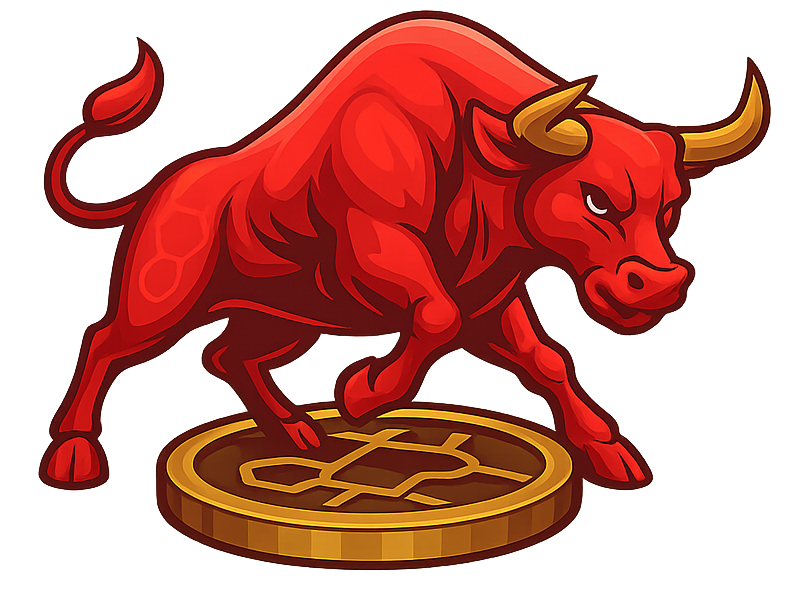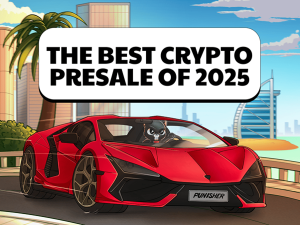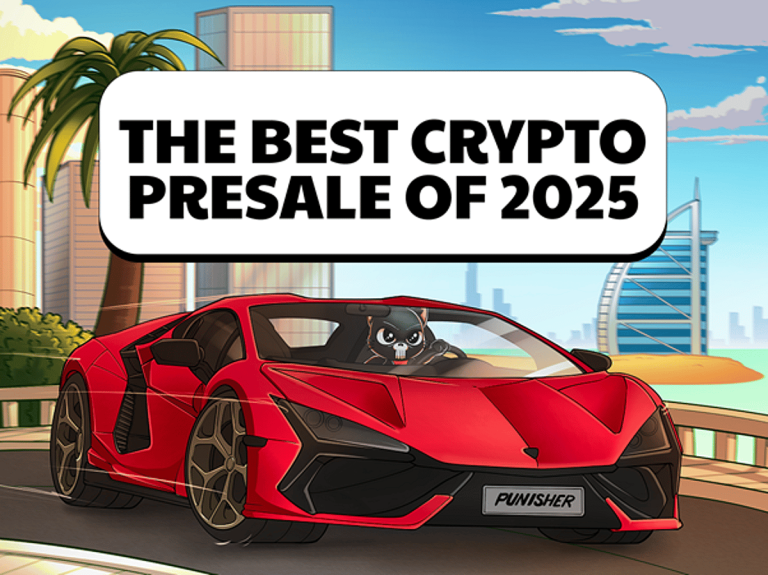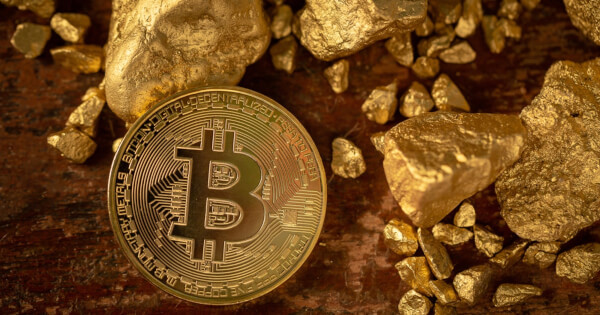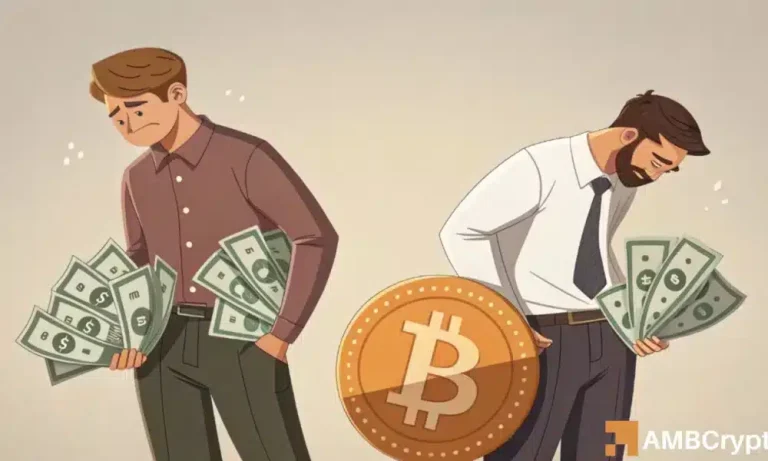Similarly, the Shiba Inu coin’s rise in 2021 was fuelled by viral buzz as new retail investors piled in, inspired by stories of tiny investments turning into millions. That year, pandemic stimulus cheques and lockdown boredom helped spark a speculative frenzy in cryptocurrency, and meme coins—being cheap and easy to buy—were an alluring gamble for many first-time buyers.
Another ingredient is the good old-fashioned appeal of humour. Participating in a coin like Dogecoin or Pepe coin is intentionally silly. There’s a rebellious thrill in turning something ostensibly worthless into something valuable—it feels like thumbing one’s nose at the traditional financial system.
Meme coins also foster a strong sense of community and identity; holders often develop cult-like camaraderie. In the 2021 boom, Dogecoin fans coordinated to send the coin “to the moon” and even sponsored Nascar and a space mission. This social virality creates a self-reinforcing cycle: more hype leads to more buyers, which pumps the price and creates even more hype. Of course, what hype giveth, hype taketh away—when sentiment shifts, these coins can crash spectacularly. But for a moment, meme cryptocurrency lets ordinary folks feel like insiders in a financial prank.
